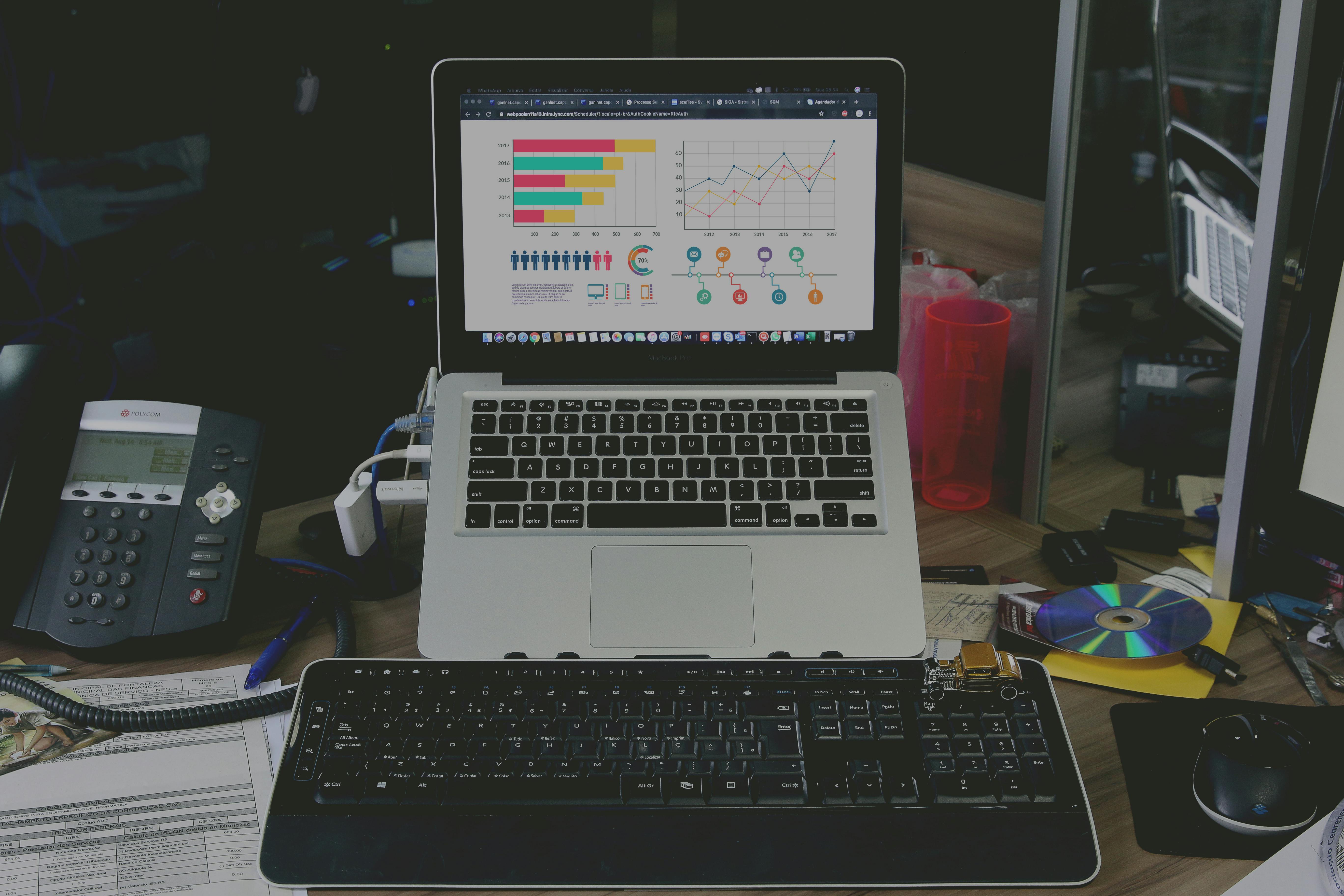Instant social mediums like Twitter and Facebook have proved invaluable in the development of channels that not only support communication during natural disasters, but have proved their worth by innovating and encouraging social efforts in disaster response…
With a staggering estimated 258 million affected by natural disasters worldwide every year, and response times for aid being a significant determining factor surrounding survival rate, there was no doubt that Social Media as a form of instantaneous communication would one day play a significant role in disaster management. A good way to analyse how Social Media has impacted the way disasters are handled by the global community is by splitting the research into two determining aspects; how Social Media is utilised by users (communication) and how it is used by Social Media providers (promotion and awareness).
What makes Social Media such a precious service during times of disaster is instantaneous sharing. Due to their efforts promoting global awareness, the providers will often influence users who will share information with other users and this circuitous process will ensure a global reach in a time which is unsurpassable by other media providers.
Location specific posting, hash-tagging and updates by global news providers are the primary influences of Social Media when it comes to users. Users in affected areas are able to update their family and friends by posting or tweeting as to how the disaster has/hasn’t affected them. These updates provide vital positivity for anxious loved ones or authorities and allow users to focus their efforts where they are best utilised.
User posts, statuses and tweets also assist in determining disaster magnitude. This is the case for both first-hand accounts by users for organisations, and updates by news and authorities for users. One of the most important aspects of how social media has impacted how users react to disasters is coordination. Because of location specific posting communities are able to build and organise social relief, aid and clean-up efforts.
Social Media providers are certainly rising to the challenge. Facebook’s Safety Check checks up with anyone who appears to be in an area affected by a natural disaster and allows them to automatically mark if they are safe – while letting them know which friends may have also been affected. Also, Twitter’s own disaster alerts as well as updates by disaster organisations such as the Red Cross, have proved invaluable in getting information to those who need it most.
Promoted posts asking for donations to relief organisations have equally boosted human response in the long term. As information reaches further, more people are encouraged to engage and give money, allowing response efforts to be swifter and further reaching.
Too much information?
Alongside the positives, it’s important to note the negative effects Social Media can have during disasters. Misinformation among users can blow things out of proportion – such as during the London Riots of 2011 when rumours claimed the London Eye was on fire (which it most certainly wasn’t). The saturation of information can put people in danger equally so it’s important that the channels continue to develop services to combat this.
It is clear that Social Media providers are leading the way in innovating solutions in disaster management and I believe that they will continue to do so in turn as the global eye turns preferentially to social media for answers during times of disaster.




